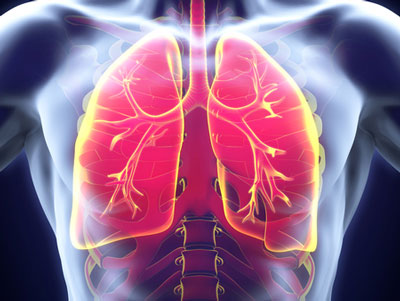Novartis announces two positive US phase III programmes in COPD for QVA149 and NVA237
Posted: 22 May 2015 |
Novartis has announced positive results from two pivotal Phase III clinical trial programmes for QVA149 and NVA237 in patients with moderate-to-severe COPD…


Novartis has announced positive results from two pivotal Phase III clinical trial programmes for QVA149 (indacaterol/glycopyrronium bromide) and NVA237 (glycopyrronium bromide) in patients with moderate-to-severe chronic obstructive pulmonary disease (COPD).


The EXPEDITION (including FLIGHT 1, 2 and 3 studies) and GEM programmes met their primary and secondary endpoints, and the results were presented for the first time at the ATS International Conference.
Data from the EXPEDITION programme demonstrated that QVA149, administered twice-daily, improved lung function compared to placebo and its individual monocomponents, indacaterol and glycopyrronium bromide (p<0.001), after 12 weeks of treatment, meeting its primary objective. Further findings also confirmed that Novartis’ dual bronchodilator improved breathlessness, overall quality of life and COPD rescue medication use. It also showed significant improvements in FEV1 at 5 min and 15 min compared to placebo according to new pooled data from over 2,000 patients.
Data confirms QVA149 significantly improves lung function in patients with COPD
“These data confirm that QVA149 significantly improves lung function, breathlessness, and most importantly, overall quality of life”, said Vasant Narasimhan, Global Head of Development, Novartis Pharmaceuticals. “With millions of people in the US and around the world struggling to breathe due to COPD, Novartis is committed to advancing QVA149 and other new medicines to address this important unmet need”.
In the GEM 1 and 2 studies, NVA237, administered twice-daily, demonstrated significant and clinically meaningful improvements in lung function (FEV1 AUC0-12h) at week 12 in moderate-to-severe COPD patients compared to placebo (p<0.001); meeting its primary objective. Improvements in COPD symptoms, quality of life and rescue medication use in patients with moderate-to-severe airflow limitation were also observed.
The safety profiles of QVA149, its monotherapy components and placebo were broadly similar across the EXPEDITION studies as was NVA237 to indacaterol and placebo in the GEM studies.




